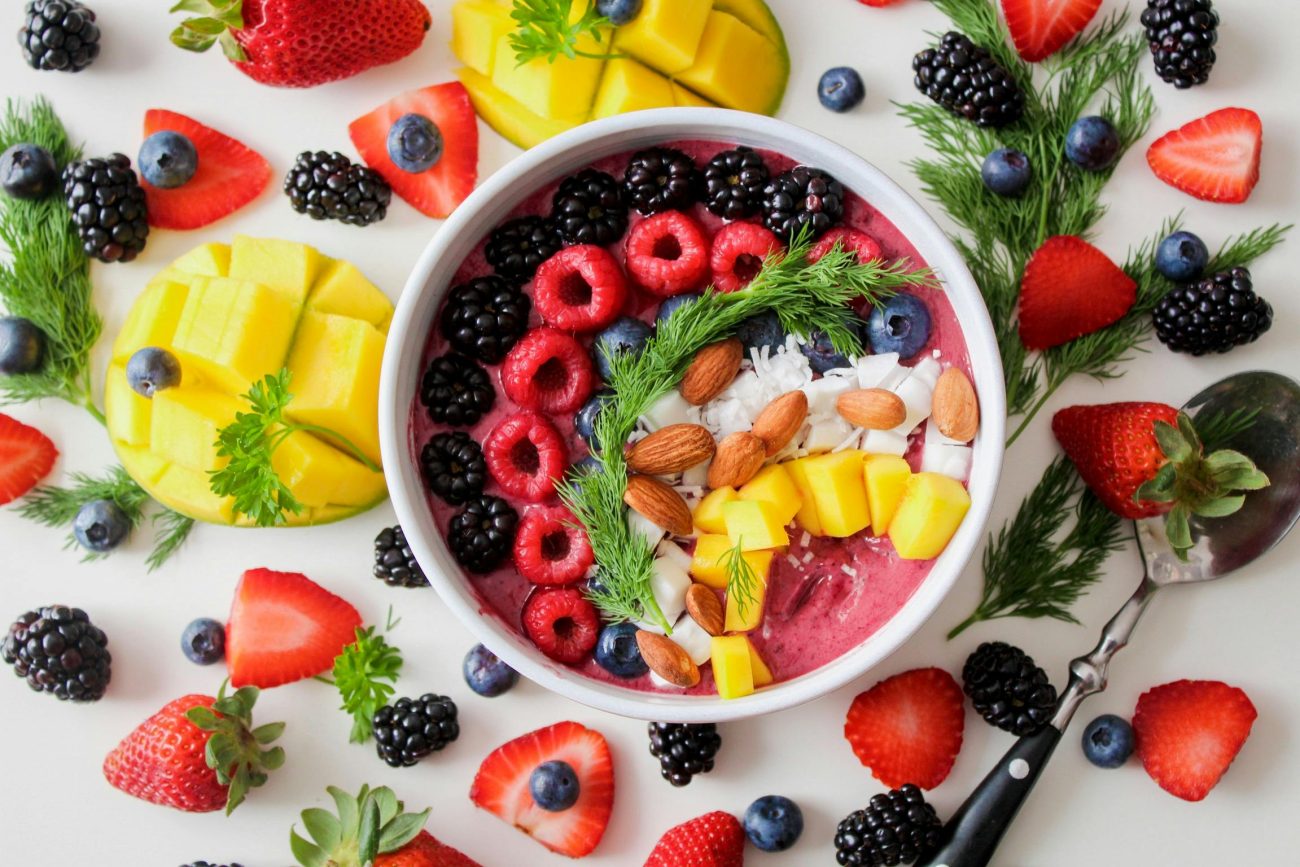Everywhere you look, there’s talk of superfoods. From kale smoothies to chia seed puddings, these trendy ingredients are marketed as nutritional superheroes. But are they truly miraculous—or just clever marketing wrapped in green packaging?
The short answer: many so-called superfoods are nutritious, but they aren’t magic. And the good news is, you don’t need exotic powders or expensive berries to eat well. In this article, we’ll explore what “superfood” really means, separate fact from hype, and give you practical ways to make healthier choices—without breaking the bank.
What Exactly Is a “Superfood”?
Interestingly, “superfood” isn’t a scientific or regulated term. It’s a marketing buzzword used to describe foods that are rich in nutrients, antioxidants, or other compounds believed to have health benefits.
- Examples often labeled as superfoods: kale, blueberries, chia seeds, quinoa, acai, goji berries, turmeric, green tea.
- Nutritional common ground: Most are high in vitamins, minerals, fiber, and antioxidants.
The catch? Many ordinary, affordable foods also have similar benefits—they just don’t carry the flashy label.
The Science Behind Superfoods
Some superfoods do have impressive qualities:
- Blueberries: Rich in antioxidants that support brain and heart health.
- Kale & Spinach: Packed with vitamin K, iron, and calcium.
- Chia Seeds: High in omega-3s and fiber for digestion and heart health.
- Turmeric: Contains curcumin, a compound with anti-inflammatory properties.
- Green Tea: Associated with improved metabolism and lower risk of chronic disease.
But here’s the reality: no single food, no matter how nutrient-rich, can single-handedly transform your health.
The Marketing Hype
Food companies love the “superfood” label because it drives sales. For example:
- A smoothie labeled with “acai” may contain just a sprinkle of acai powder but loads of added sugar.
- Packaged “superfood bars” often contain as much sugar and fat as candy bars.
Bottom line: Just because it says “superfood” doesn’t make it healthy. Always check the nutrition label and ingredients list.
Affordable Alternatives to Trendy Superfoods
You don’t need to spend $15 on a bag of goji berries to eat well. Everyday staples often provide the same nutrients at a fraction of the price.
- Instead of goji berries → Try strawberries or oranges (rich in vitamin C and antioxidants).
- Instead of quinoa → Try brown rice or oats (fiber-rich and budget-friendly).
- Instead of acai powder → Try blueberries or blackberries (high in antioxidants).
- Instead of chia seeds → Try flaxseeds (similar omega-3 and fiber benefits).
- Instead of kale chips → Try carrots, broccoli, or spinach (all nutrient-dense).
The Role of Variety in Nutrition
Rather than obsessing over one or two “superfoods,” focus on variety. Different foods provide different nutrients, so eating a colorful, balanced diet gives your body what it needs.
Think of your diet like a team:
- Blueberries may be the “star player,” but without whole grains, lean proteins, and vegetables, the team can’t win.
Practical Ways to Include Nutrient-Dense Foods
- Add a handful of berries to your breakfast.
- Sprinkle seeds (chia, flax, pumpkin) on yogurt or salads.
- Sip green tea instead of soda.
- Mix dark leafy greens into smoothies, soups, or pasta dishes.
- Use turmeric or spices to flavor meals naturally.
These simple swaps add nutrition without requiring exotic ingredients.
Common Myths About Superfoods
- Myth 1: Superfoods can “detox” your body.
- Truth: Your liver and kidneys already handle detoxing. Foods can support these organs but don’t replace them.
- Myth 2: You need exotic powders for optimal health.
- Truth: Everyday foods like beans, apples, and carrots are just as beneficial.
- Myth 3: Eating one superfood offsets a poor diet.
- Truth: No amount of kale cancels out consistent fast-food meals.
Conclusion
Superfoods can absolutely be part of a healthy diet—but they’re not a magic bullet. The real “super” approach is eating a wide variety of nutrient-rich, minimally processed foods.
So, next time you’re in the store, don’t feel pressured to buy pricey powders or exotic berries. Instead, load your cart with colorful produce, whole grains, lean proteins, and healthy fats.
Because in the end, the best superfood is the one you’ll eat consistently—and often, it’s already sitting in your kitchen.

